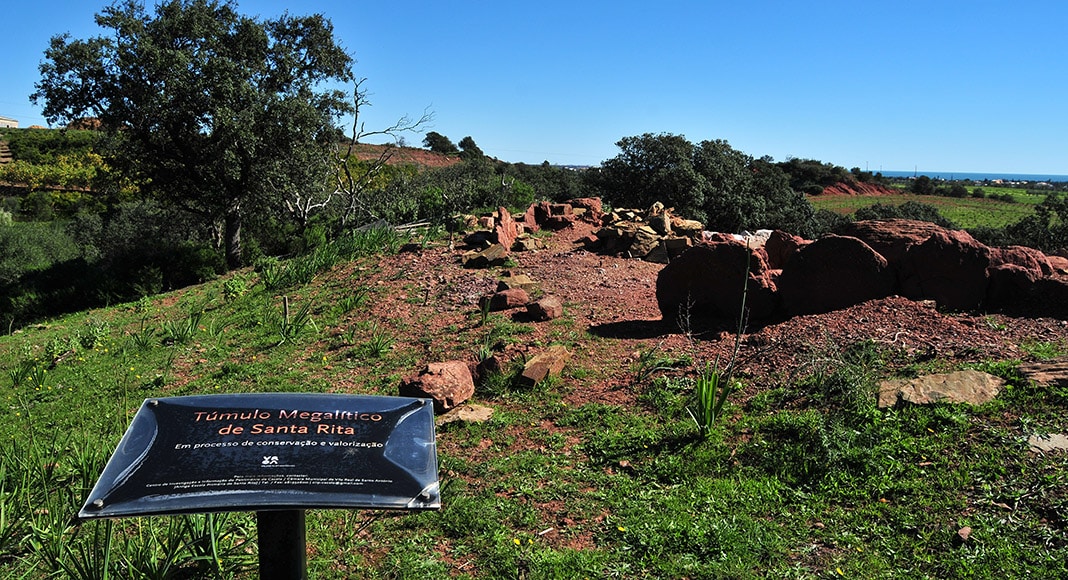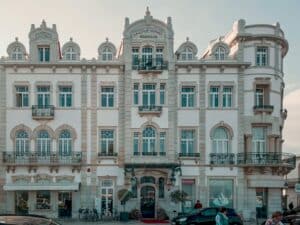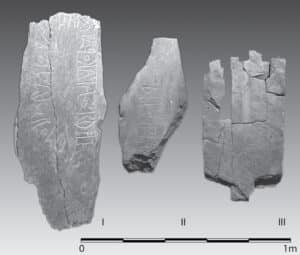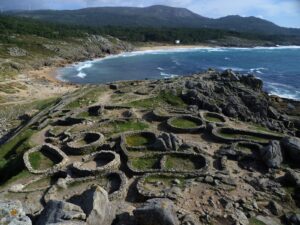A 4,500-year-old megalithic tomb in Vila Real de Santo António could soon be granted “national monument” status. The first step towards this goal has already been taken after the bid by the regional culture department was published in the government’s daily gazette Diário da República.
The aim is to officially acknowledge the historic importance of the Santa Rita megalithic tomb, located in Vila Nova de Cacela.
A national monument status would also help protect the tomb and allow for further research into its history.
“It could give us a vision of what a necropolis was like 4,000 years ago,” regional culture boss Adriana Nogueira told Lusa news agency.
The megalithic tomb – an aboveground burial chamber, built of large stone slabs (megaliths) – is described on VRSA council’s website as “one of the most important megalithic structures in the Algarve”, where several bones and objects thought to be left there as “offerings” were found.
It was used by the populations who lived in the area thousands of years ago to bury their dead, the council adds.
The monument is located in an agricultural plot around 200 metres away from the privately-owned Santa Rita mill.
According to Adriana Nogueira, the idea of classifying the megalithic tomb as a national monument had been ‘floating around’ since 2017. However, it was only when she took over as the Algarve’s culture boss that a 50-metre area around the tomb was cordoned off in order to protect it.
Now that the bid has officially been launched, there is a one-month period in which complaints can be filed against the project.
If no one speaks up against it, the bid returns to the regional culture board which will then forward it to the section of Archaeological and Architectural Heritage, which will decide on the tomb’s future.
“Once the status is agreed, the decision will again be published in Diário da República and be forwarded to the Secretary of State to be signed before being published a final time in the official gazette, now officially classified as a national monument.”
Nogueira added that a bid to name Silves’ Roman Bridge a “monument of public interest” took just around a year to be approved, although “some bids take longer”.
michael.bruxo@algarveresident.com




























